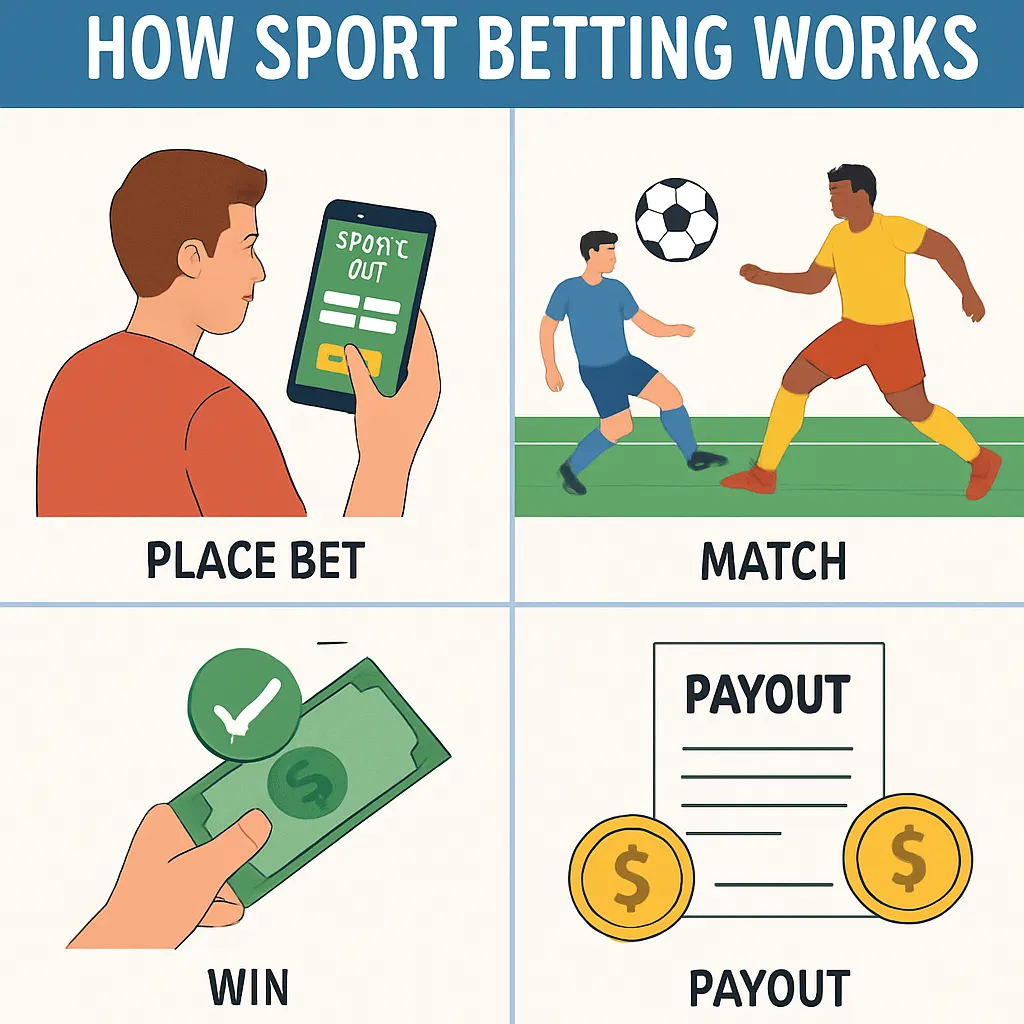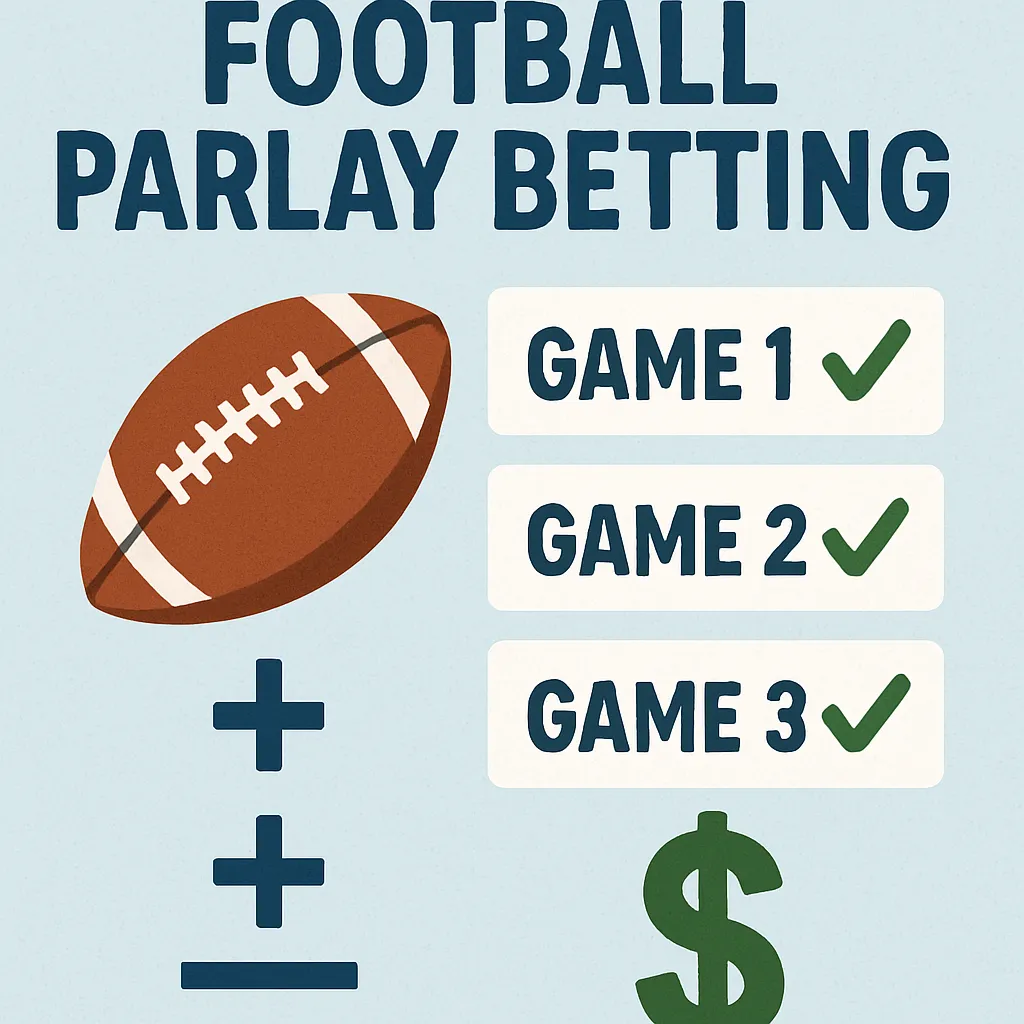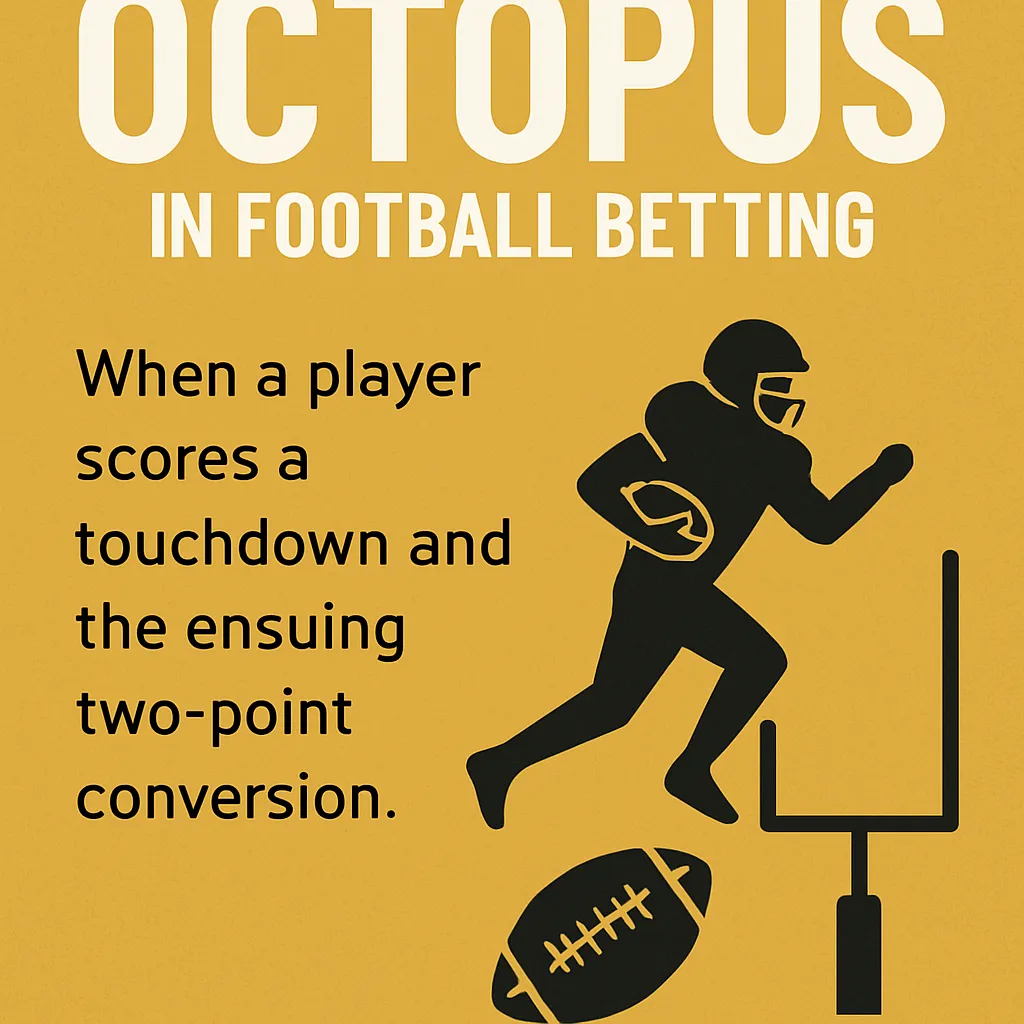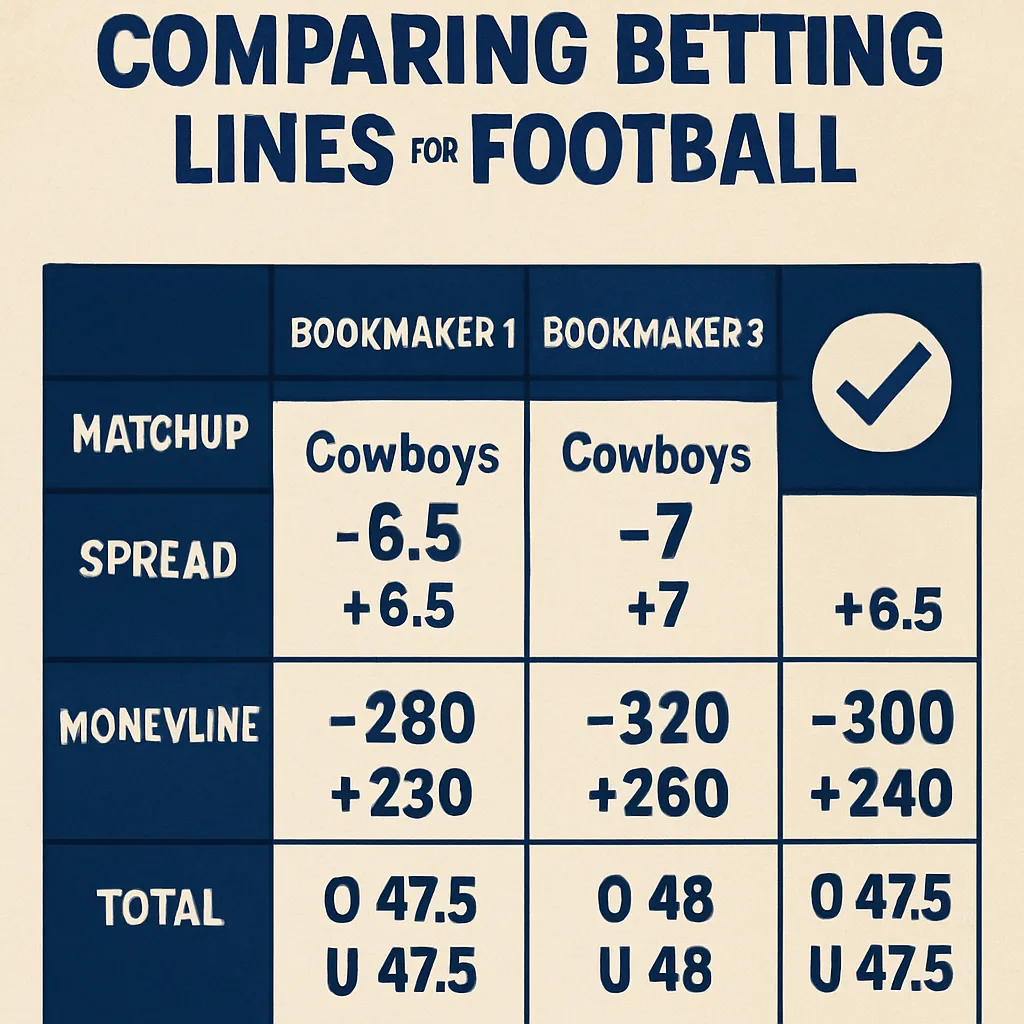Sports betting has grown from a niche pastime into a multi-billion dollar global industry, embraced by casual punters and professional bettors alike. At its core, sports betting is simply wagering money on the outcome of sporting events, but the ways in which bets are structured and odds are calculated can be quite complex. The history of sports betting stretches back centuries, with early forms appearing in Ancient Greece and Rome, but modern legal frameworks and online platforms have revolutionized accessibility and transparency. Today’s bettors can place a wide variety of bets from the comfort of their homes, often within seconds via mobile apps. Central to this evolution are betting markets, which aggregate sentiment and statistical analysis to set odds. Understanding how these odds reflect implied probabilities is essential for anyone looking to make informed wagers.
In addition to odds, terminology such as “juice,” “vig,” and “handicapping” forms the backbone of sports betting language. The interplay between bookmakers setting lines and bettors seeking value creates a dynamic marketplace. As we delve deeper into this guide, we will demystify the jargon, break down different bet types, and explore strategies designed to help you manage risk while maximizing enjoyment. Whether you are a beginner seeking a primer or an experienced bettor aiming to refine your approach, this guide provides a comprehensive overview of sports betting mechanics, odds formats, and legal considerations.
How Sports Betting Works
Basic Concepts of Sports Betting
At its simplest, sports betting involves two parties: the bookmaker (or sportsbook) and the bettor. The bookmaker offers odds on various outcomes of an event, and the bettor wagers money on what they believe will happen. If the bet succeeds, the bettor receives a payout based on the odds; if it fails, the stake is lost. Bookmakers calculate odds by assessing the likelihood of each outcome and adding a margin—often called the “vig” or “juice”—to ensure profitability over the long term. This margin means that the total implied probabilities of all possible outcomes slightly exceed 100%.
Odds are essentially a way of expressing probability. A higher-probability outcome yields lower returns, while longshots offer larger payouts for less likely events. The bookmaker’s goal is to balance action on all sides of a wager, mitigating exposure and guaranteeing a profit margin regardless of the event’s result. Advanced concepts such as hedging and arbitrage can allow bettors to lock in profits or minimize losses, but they require rigorous statistical analysis and discipline. Today’s software-driven platforms use real-time data, machine learning models, and sophisticated risk-management protocols to adjust odds dynamically as wagers are placed.
Understanding these basic mechanics sets the foundation for more complex betting strategies. Bettors must not only recognize how odds are calculated, but also how external factors—like injuries, weather, and public sentiment—can shift lines. Capitalizing on mispriced odds or market inefficiencies is the hallmark of successful long-term bettors. In subsequent sections, we will explore key terms and dive into specific types of bets, equipping you with the knowledge needed to navigate the modern sports betting landscape.
Common Betting Terms Explained
The vocabulary of sports betting can be daunting at first, but mastering key terms unlocks a clearer understanding of how wagers function. “Stake” refers to the amount of money risked on a bet, while “payout” is the total amount returned if the wager wins, including the original stake. “Spread” denotes the margin by which a team is expected to win or lose, balancing wagering on both sides of a matchup. “Total” or “over/under” wagers involve betting on the combined score or statistic relative to a predefined threshold.
Other prevalent terms include “parlay,” which combines multiple bets into one ticket and boosts potential returns but requires all legs to succeed. “Prop bets” focus on individual player or event-specific outcomes, such as “Player X to score a touchdown” in American football. The “handle” represents the total amount of money wagered on an event, while “hold” measures the percentage of the handle the bookmaker retains as profit. Familiarity with this terminology will help you read and interpret betting lines effectively and avoid costly misunderstandings.
As you explore different bet types, keep a glossary handy to reference terms that are new or unfamiliar. A solid grasp of these concepts not only aids in placing accurate bets, but also fosters a deeper appreciation for the analytical and psychological factors at play in sports betting markets.
Types of Sports Bets
Sportsbooks offer a wide array of wagering options tailored to various risk tolerances and expertise levels. From straightforward Moneyline bets to complex multi-leg parlays, each type presents unique potential rewards and pitfalls. Understanding these bet structures is crucial for selecting the right wager for your objectives and bankroll.
The table below provides an at-a-glance comparison of the primary bet types, including their definitions and typical applications.
| Bet Type | Description | Typical Use |
|---|---|---|
| Moneyline | Bet on which team or player will win outright. | Beginner-friendly, direct. |
| Point Spread | Wager on the margin of victory relative to a line. | Balances uneven matchups. |
| Over/Under (Totals) | Bet on whether a combined score will exceed or fall short of a set number. | Focuses on game pace. |
| Parlay | Combination of two or more bets with a multiplied payout. | High-risk, high-reward. |
| Prop Bet | Side bets on specific events or player performances within a game. | Entertainment-focused. |
Moneyline Bets
Moneyline bets are the simplest form of sports wagering: you pick the winner, and if your selection triumphs, you win. Odds are presented either as positive (underdog) or negative (favorite) numbers. A -150 favorite means you must wager $150 to win $100, whereas a +200 underdog pays $200 on a $100 stake. This format requires no point spread, making it ideal for beginners. However, betting heavy favorites can offer limited returns, so bettors must weigh risk versus reward carefully.
Because there is no point spread, moneyline bets hinge solely on game outcomes, which can introduce variance. In sports like baseball or hockey, where low-scoring games are common, moneyline wagering flourishes due to the reduced impact of alternative bet types. Seasoned bettors often analyze pitching matchups, historical performance, and situational statistics to find value beyond public perceptions. Ultimately, moneyline bets remain a cornerstone of sports betting, valued for their clarity and directness.
Point Spreads
Point spreads aim to level the playing field between mismatched teams by assigning a handicap. For example, a -7.5 point spread on a football favorite means they must win by at least eight points for the bet to pay out. Conversely, taking the underdog at +7.5 points allows a loss by up to seven points while still winning the wager. This structure balances betting volume and mitigates lopsided action.
Spread betting demands careful analysis of team strengths, injuries, recent performance, and situational factors such as home-field advantage. The half-point (.5) lines prevent pushes, ensuring decisive outcomes. Since spreads adjust dynamically based on betting patterns, savvy bettors watch for line movements to gauge market sentiment and identify potential mispricings. Mastery of spread wagering is often considered a hallmark of a disciplined, analytical bettor.
Over/Under (Totals) Bets
Totals bets focus on the combined score or aggregate statistic of a game. Bettors wager whether the total will be over or under a bookmaker-set number. For example, if an NBA game has a total of 220.5, an “over” bet wins if the combined final score is 221 or higher, while an “under” wins on 220 or fewer points. This bet type shifts attention away from winners and losers, honing in on offensive and defensive tendencies.
Effective totals betting often involves deep dives into pace-of-play metrics, recent scoring trends, and matchup-specific analyses. Weather conditions, coaching strategies, and player availability can also sway expected totals. Because totals bets can be less influenced by late-game garbage time, they attract bettors seeking to leverage statistical edges in game tempo and scoring efficiency.
Parlay Bets
Parlays combine multiple individual wagers into one ticket, with payouts based on the product of the odds. A successful parlay yields significantly higher returns than placing each bet separately, but requires every selection to win. For example, a three-leg parlay of -110 odds on each leg pays approximately +600, turning a $100 investment into $700.
While parlays are enticing due to their potential payouts, they carry elevated risk as a single loss voids the entire ticket. Experts caution that the house edge grows with each additional leg, making long-shot parlays statistically unfavorable. Nonetheless, strategic parlays that group correlated outcomes—such as game outcome and total—can deliver more balanced risk profiles for experienced bettors.
Prop Bets
Proposition (prop) bets allow wagers on specific events or player-centric outcomes within a game, like “First team to score” or “Total yards by Player X.” These bets emphasize micro-events and sideline action, often catering to fans intrigued by granular gameplay details. Odds for props vary widely based on statistical probabilities and bookmaker margins.
Prop betting requires niche expertise, such as tracking player usage rates, historical performance in similar matchups, and coaching tendencies. Props can be lucrative when books underprice less popular markets, but they also carry higher vig due to lower liquidity. Savvy bettors scan prop markets for inefficiencies, exploiting areas where public interest and bookmaker oversight are misaligned.
Understanding Sports Betting Odds
Fractional Odds
Fractional odds, common in the UK, present the ratio of profit to stake, such as 5/1 (“five-to-one”) or 2/5 (“two-to-five”). A 5/1 bet means you win $5 for every $1 staked; a 2/5 favorite requires staking $5 to win $2. This format succinctly communicates potential returns and is well-suited to horse racing and traditional sportsbook markets.
Fractional odds can be converted to implied probability by dividing the denominator by the sum of numerator and denominator. For instance, 5/1 implies a 1 ÷ (5 + 1) = 16.67% chance of the outcome. Mastery of these conversions enables bettors to compare value across different odds formats and identify mispriced markets.
Decimal Odds
Decimal odds, prevalent in Europe and Australia, display the total return per unit staked, including the original stake. For example, decimal odds of 3.00 yield a $3 return on a $1 bet (profit of $2). Converting decimal odds to implied probability is simply 1 divided by the odds, so 1 ÷ 3.00 = 33.33%.
The straightforward calculation and ease of adding returns across multiple legs make decimal odds popular for parlays and online platforms. Bettors often prefer decimal odds for their clarity and universality across global betting markets.
American Odds
American odds, also called moneyline odds, express how much you must wager to win $100 (for favorites) or how much you win on a $100 bet (for underdogs). A -150 favorite requires staking $150 to win $100, while a +200 underdog pays $200 on a $100 stake. American odds incorporate both favorites and underdogs in a single format.
Converting American odds to implied probabilities requires different formulas depending on the sign of the odds. For negative odds, probability = |odds| ÷ (|odds| + 100); for positive odds, probability = 100 ÷ (odds + 100). These calculations reveal how bookmakers incorporate their margin into the lines.
Strategies and Tips for Successful Betting
While luck plays a role in any single wager, consistent success in sports betting hinges on disciplined strategies and sound money management. The following guidelines can help you cultivate a professional approach and protect your bankroll from unnecessary risks.
Effective strategies revolve around understanding statistical value, maintaining emotional control, and adapting to market movements. Below is a numbered list of foundational principles that every bettor should follow.
-
Implement Bankroll Management: Allocate only a small percentage of your total funds to each bet—commonly 1–5%—to weather losing streaks and avoid catastrophic losses.
-
Conduct Thorough Research: Analyze team form, head-to-head records, injuries, and situational factors rather than relying on gut feelings or uninformed tips.
-
Shop for the Best Lines: Maintain accounts at multiple sportsbooks to compare odds and secure the most favorable prices.
-
Maintain Detailed Records: Track every wager, outcome, and ROI metric to identify strengths, weaknesses, and evolving trends in your betting history.
-
Avoid Chasing Losses: Resist the urge to increase bet sizes after a loss; stay within your predetermined staking plan to mitigate emotional betting.
In addition to these core tactics, experienced bettors often employ advanced models and data-driven simulations. However, even the most sophisticated analyses are vulnerable to variance, which underscores the importance of risk management and mental discipline.
Common pitfalls can derail even well-informed bettors. Below is a second numbered list of errors to avoid when placing wagers.
-
Overbetting Favorites: Consistently wagering on heavy favorites can yield steady but minimal returns, leaving you vulnerable to occasional upsets.
-
Ignoring Value Bets: Betting solely on winning probability without considering odds value can result in long-term losses.
-
Neglecting External Factors: Failing to account for weather, travel schedules, or motivational factors can skew expected outcomes.
-
Relying on “Hot Streaks”: The gambler’s fallacy and recency bias can lead to overestimating transient performance trends.
-
Underestimating the Vig: Bookmaker margins often erode your edge; always factor the juice into your expected ROI calculations.
Legal Aspects of Sports Betting
The legal landscape for sports betting varies significantly across jurisdictions, with some regions embracing regulated markets and others maintaining strict prohibitions. In the United States, the Supreme Court’s 2018 decision in Murphy v. NCAA legalized sports betting at the state level, leading to a patchwork of regulated markets with differing age limits, tax rates, and licensing requirements. Meanwhile, European countries such as the United Kingdom maintain national frameworks like the UK Gambling Commission to oversee operators and ensure consumer protections.
In contrast, several countries continue to enforce broad bans on sports gambling or permit only limited forms through state-run entities. Cross-border betting, offshore bookmakers, and cryptocurrency wagering have introduced new regulatory challenges, prompting authorities to update legislation around advertising, responsible gambling measures, and anti-money-laundering protocols. Prospective bettors should verify the legality of sports betting in their area and use licensed operators to ensure fair play, data security, and dispute resolution mechanisms.
As the industry evolves, emerging technologies like blockchain, live-stream betting, and in-play micro-bets are prompting fresh legal considerations. Regulators are balancing innovation with consumer protection, implementing stricter identity verification, deposit limits, and self-exclusion tools to promote responsible gambling. Staying informed about changes in legal requirements is critical for both bettors and operators to ensure compliance and maintain market integrity.
Conclusion and Final Thoughts
Sports betting offers excitement, strategic depth, and potential financial rewards, but it also carries inherent risks that demand disciplined management and ongoing education. By mastering the fundamental concepts—such as odds formats, bet types, and common terminology—you lay the groundwork for making informed wagers. Incorporating robust bankroll management, diligent research, and a clear understanding of legal constraints further enhances your ability to sustain profitability over time.
Whether you are placing your first Moneyline bet or crafting a complex parlay, remember that success in sports betting hinges on value rather than mere outcomes. Seek mispriced odds, stay objective in your analyses, and resist emotional impulses that lead to overbetting or chasing losses. With the tools and strategies outlined in this guide, you can approach sports betting with confidence and a long-term perspective.
As sportsbooks continue to innovate and global markets expand, the opportunities for bettors will grow alongside the complexity of wagering options. Stay curious, adapt to new developments, and always prioritize responsible gambling practices. In the ever-evolving world of sports betting, knowledge remains your greatest advantage.



